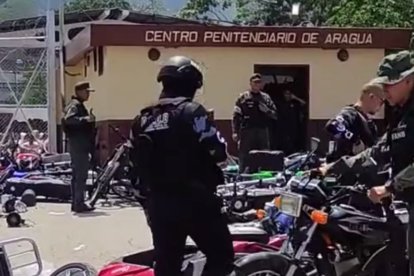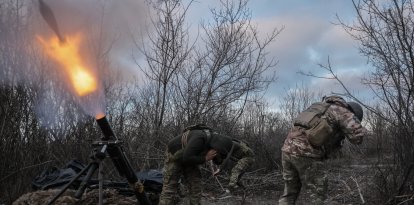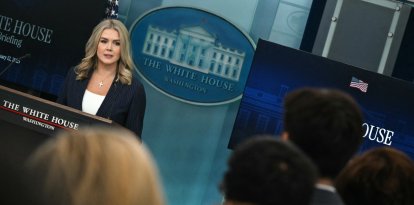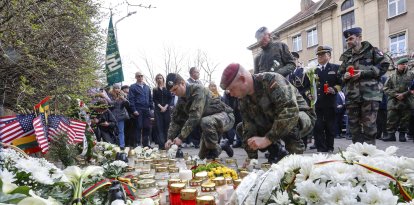Swimming pool, a nightclub and even a zoo: this is the Tocorón prison in Venezuela, base of operations for Tren de Aragua
Venezuelan authorities activated the deployment of more than 11,000 officials in and around the prison to arrest the ringleaders of the criminal gang.

Tocorón (Captura de pantalla @zuricht94)
The Aragua Penitentiary Center (Venezuela), known as Tocorón, has been for years, a place where privileges prevail for prisoners who serve their sentences there, in addition to becoming a center of operations for criminal gangs that not only operate in that country, but their networks even managed to establish themselves in other Latin American countries. From that prison, the ringleaders managed their businesses without any type of control or intervention from the authorities. It also has many hotel-like facilities which include a swimming pool, a nightclub, shops and even a zoo.
The privileges that prisoners had is not something new. For years, several reports have been published denouncing the situation. In 2015, a journalistic piece by RunRun.es revealed that the prison became popular for having one of the “best” nightclubs in the country: Disco Tokio. Likewise, it was learned that the prison has betting houses, a bank, a swimming pool, a cockpit, restaurants, a baseball field, warehouses, a gym, clothing and food stores , a soccer and basketball field, and in the case of the zoo, it even had two ponies among its animals.
This Wednesday the penitentiary center was in the news again after the authorities activated the operation in the early morning hours, with the deployment of more than 11,000 officials inside and around the prison, where the transnational criminal organization Tren de Aragua was formed, spread throughout Chile, Peru, Bolivia and Colombia. According to local media, it would be the largest operation since Nicolás Maduro took power in 2013. Furthermore, the last armed intervention in a prison in Venezuela occurred in 2016, when the dictatorship "pacified" the General Penitentiary, a process that lasted days and that resulted, according to non-governmental organizations, in at least a dozen deaths.
The Minister of the Interior, Remigio Ceballos, explained that during the intervention, they seized all types of weapons and located tunnels through which some prisoners managed to escape but were later recaptured. He explained that this was the first phase of the takeover, but did not offer any details about the main leader of the Aragua Train, Héctor Rusthenford Guerrero Flores, nicknamed the Warrior Child, that according to Infobae, most likely escaped through a tunnel and is believed to be heading in the direction Peru. The conduits, built by criminals, were confirmed by the Venezuelan authorities.
“We detected some tunnels. We have prevented a massive escape and the prisoners who were here inside, they are providing the necessary information to bring those involved in criminal actions to justice, which corresponds to the second phase of this operation,” indicated the Minister of the Interior.
Despite the police operation being carried out by the Venezuelan regime, non-governmental organizations indicated that the procedure took place after negotiation between the dictatorship and the criminals. "As an organization we are in favor of regaining control of the prisons that are under criminal leadership, but we do not believe in negotiated takeovers so that the ringleaders leave and do not pay for the crimes committed," said the Venezuelan Prisons Observatory in a release.
The NGO asked the authorities to show the faces of the main leaders of the Aragua Train captured, as well as all the seized weapons, in order to give citizens peace of mind and guarantee transparency.
RECOMMENDATION





















